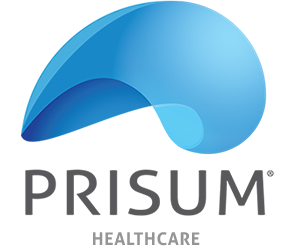

HumanoPedia
Nonalcoholic fatty liver disease
Nonalcoholic fatty liver disease (NAFLD) affects about 10% of children and it involves excessive accumulation of fat in the liver. It is associated with the modern lifestyle, reduced physical activity, a tendency for a sedentary life, and a diet rich in fats, refined carbohydrates, drinks sweetened with sugar, and fructose.
A serving size of one ProHumano+ HepatoDefense Capsule contain 108 mg of silybin, a substance that supports the liver detoxification process.


ProHumano+ Products for healthy liver
Did you know?
Non-alcoholic Fatty Liver Disease is the most common chronic liver disease in children living in developed countries.
affects
Information source:
Pediatric Nonalcoholic Fatty Liver Disease: Prevalence, Diagnosis, Risk Factors, and Management Stavra A. Xanthakos, Rohit Kohli- Clinical Liver Disease, Vol. 1, No. 4, August 2012, AASLD
Causes, symptoms and prevention methods for hepatic steatosis
The liver is the largest internal organ in the human body and the only visceral organ that has the ability to regenerate completely, to its previous size and capacity, without losing its functions during the growth process.
The liver is responsible for over 500 essential functions, the main ones being in the body’s metabolic processes.














